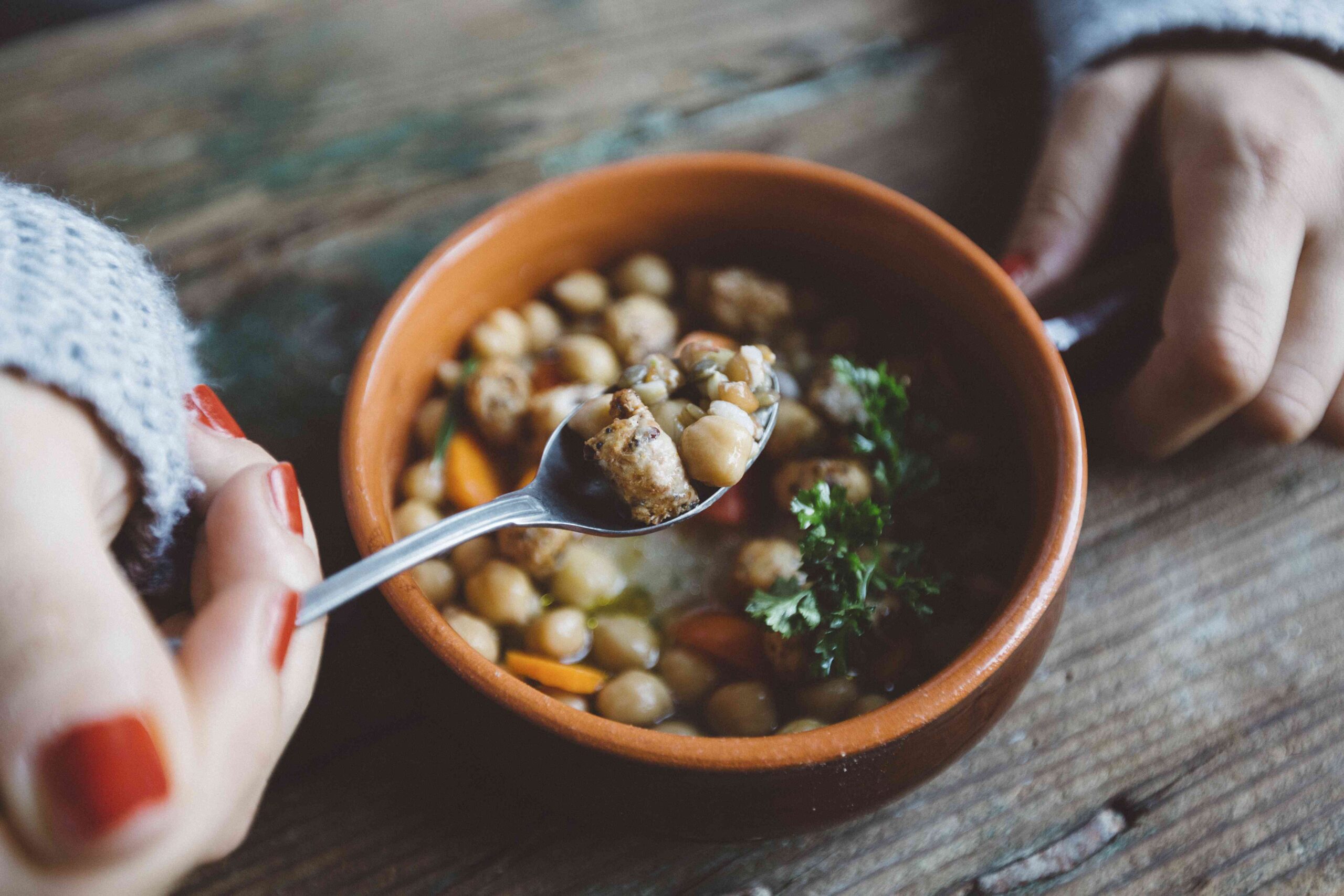
Beans are a delicious, hearty addition to wintertime soups, salads, and other dishes—and new research shows eating more of them could also significantly improve your diet quality.
Analyzing data from over 44,000 participants, researchers found that increasing bean consumption could boost a person’s Healthy Eating Index (HEI) score, a common measure of how nutritious a person’s diet is.
According to the data, beans help a person “[increase] intake of ‘shortfall’ nutrients like dietary fiber, potassium, magnesium, iron, folate, and choline in the diet, as well as [reduce] consumption of ‘watchout’ nutrients like sodium, added sugars, and solid (or saturated) fats,” study author Joanne Slavin, PhD, RD, professor of food science and nutrition at the University of Minnesota College of Food, Agricultural, and Natural Resource Sciences, told Health.
The research was presented at the Academy of Nutrition and Dietetics Food & Nutrition Conference & Expo in Minneapolis, Minnesota in early October. The study was funded by Cannedbeans.org on behalf of Bush’s Best and the Coalition for the Advancement of Pulses.
Despite the fact that beans are a known source of plant-based protein and other nutrients, as many as 80% of American adults aren’t meeting the recommended intake for legumes such as beans, peas, and lentils.
Here’s what experts had to say about why beans can have such a benefit on diet quality, plus the best ways to increase your bean consumption.
Previous evidence has shown legume intake to be associated with reduced all-cause mortality and heart disease risk, and this latest study may offer deeper understanding into why that is.
This research examined data derived from the National Health and Nutrition Examination Survey (NHANES) between the years of 2001 and 2018. This data came from 23,554 participants between the ages of 19 and 50, and an additional 21,020 participants at or above the age of 51. All of the participants completed a 24-hour dietary recall survey, which researchers then measured against the U.S. Department of Agriculture’s HEI standards.
Specifically, they looked at participants’ bean intake, which included canned or non-canned (including dried) chickpeas, pinto beans, kidney beans, or black beans.
Researchers then determined how intake of ‘shortfall’ nutrients, or those typically under-consumed in American diets, might change if participants added either one or two additional servings of beans (1/2 cup or 1 cup cooked beans, respectively) to their diets. In this study in particular, researchers assessed levels of dietary fiber, potassium, magnesium, iron, folate, and choline.
“This was a dietary pattern modeling study,” Slavin explained. “Through using the NHANES dataset, we could model what improvements could be made by increasing bean consumption to recommended levels.”
Increased bean intake was associated with significant increases in shortfall nutrient intake.
And HEI scores overall also improved. People saw their diet quality improve by 15-16% when they added one serving of beans to their diet, and those scores were 19-20% higher when people added in two servings. These HEI score improvements could likely reduce participants’ risk of chronic disease, including heart disease, stroke, diabetes, and cancer.
In addition to increasing nutrient intake and diet quality, adding more beans to a person’s diet also resulted in increased caloric intake, as well as increased sodium intake.
Despite the study’s results, there are a few limitations to keep in mind. For one, data obtained from 24-hour diet recalls can be inaccurate or biased, since they rely solely on participant memory.
Additionally, “as a modeling study, we didn’t have findings on the effect of consuming too many, or very high amounts of, beans in the diet,” said Slavin.
These limitations—plus the fact that the study was funded by Bush’s Brothers & Company and the Coalition for the Advancement of Pulses—means more research is needed.
In spite of its limitations, “this study confirms what most dietitians know: beans are an excellent food to incorporate into your healthy eating plan and will likely promote tangible health benefits such as lowered cholesterol levels, increased fiber intake, and improved blood sugar levels,” Katy Wilbur, RD, LDN, clinical dietitian at the Frances Stern Nutrition Center at Tufts Medical Center, told Health.
Aside from the shortfall nutrients mentioned in the study (fiber, potassium, magnesium, iron, folate, and choline), beans are also a great source of protein, calcium, and phosphorus. They’re a “nutritional powerhouse,” said Wilbur.
“Replacing one serving of animal protein with a serving of beans can increase your fiber intake to aid in both gut and heart health, increase your vitamin and mineral intake, decrease your cholesterol and saturated fat intake, and likely save money on your grocery bill,” she added.
These legumes do pose issues for some people, however. The high fiber content can make beans challenging to digest, leading to gas or bloating, explained Wilbur.
But for those who don’t complain of gastrointestinal discomfort after eating beans, there’s no shortage of ways to enjoy them at home.
Beans are typically purchased either canned or dried—and it actually doesn’t really matter which option you choose.
“While canned beans may have additives and preservatives, such as salt, calcium chloride, sugar, or seasonings, canned and dried beans have very similar nutrition profiles,” Wilbur said. It’s also an added bonus that both options are relatively inexpensive.
“If you’re concerned with the sodium in canned beans, there are low-salt versions available,” Slavin also offered.
Canned and dried beans (once they’re cooked) can be easily added to salads, soups, pasta, rice dishes, chilis, and casseroles.
A couple of easy swaps to increase your bean intake include “snacking on dried chickpeas instead of crackers, or using hummus instead of mayonnaise on your sandwich,” Wilbur recommended.
